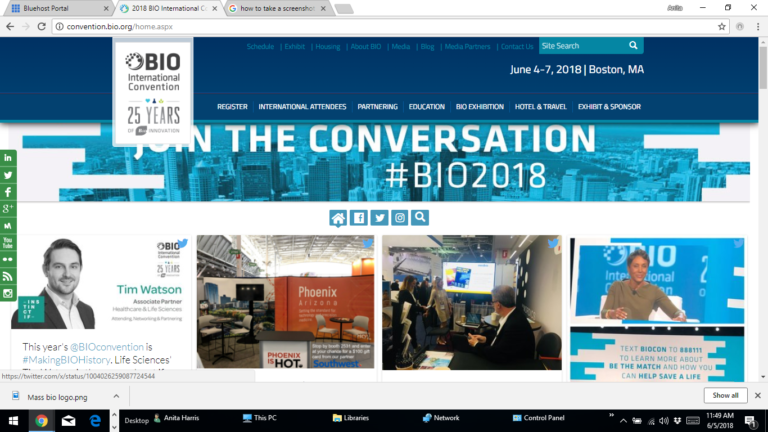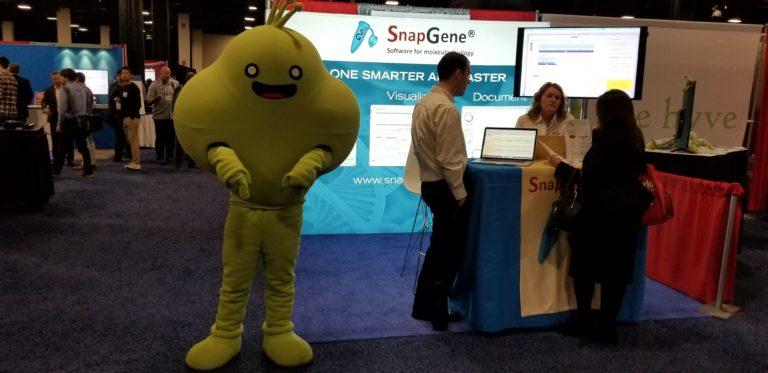Writer Anita Harris interviews biotech pioneer Robert Langer of MIT on how researchers can avoid the dreaded...
Anita M. Harris
At its International Convention held this week in Boston, the Biotechnology Innovation Organization (BIO) issued a glowing...
Cambridge science writer Anita Harris reports on award-winning technologies she came upon at the 2018 BIO-IT World...
Concord's lacoste gallery becomes Lacoste Keane; to focus on contemporary ceramic art, as announced at opening of...
In her final report in a three-part series, writer Anita Harris reports on digital innovations aimed at...
Cambridge writer, photographer, consultant and art lover Anita Harris plans to attend the opening of "Through the...





